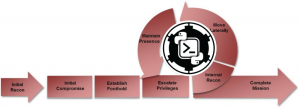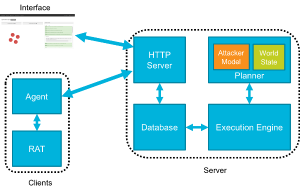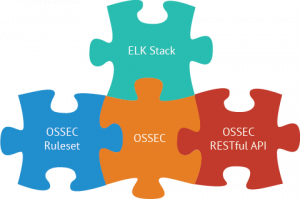
If you have been following my blog you know that I am trying to increase my Incident Response(IR) skillz and experience. For a class project we had to create/improve a piece of software in the forensic community for Windows(Windows forensic class). From my short time of searching the internet I never found a guide to setting up a logging system for Windows from start to finsh. An effective logging system has an agent/collector, a log aggregator, a data visualizer, and a good alerting mechnism.
The following sytem I have setup has Wazuh(OSSEC fork) for log collection, Wazuh Management for a log aggregator, the ELK stack for data retention and vizualiztion, and elastalert for e-mail alerting. In this guide I will walk you through on how to setup an effective logging system for all operating systems but mainly Windows for free. Additionally, we will be discussing the type of things that should be logged depending on your enviornment. As final note I have included my github repo at the bottom if you want to automated scripts for all of this.
Continue reading →








 Visualize, analyze and search your host IDS alerts. Elastic Stack is the combination of three popular Open Source projects for log management, known as Elasticsearch, Logstash and Kibana(ELK). Together they provide a real-time and user-friendly console for your OSSEC alerts. OSSEC
Visualize, analyze and search your host IDS alerts. Elastic Stack is the combination of three popular Open Source projects for log management, known as Elasticsearch, Logstash and Kibana(ELK). Together they provide a real-time and user-friendly console for your OSSEC alerts. OSSEC 

 One of the biggest trends in cyber security is threat intelligence. A lot of security professionals and enterprises are asking what is threat intelligence, do I need it, and can it improve my security? First let’s start by defining threat intelligence and the rest of this guide will provide a practical use case for threat intelligence. Threat intelligence is utilizing information to detect security threats that traditional methods and technologies may not and providing decision driven incident response based off data.
One of the biggest trends in cyber security is threat intelligence. A lot of security professionals and enterprises are asking what is threat intelligence, do I need it, and can it improve my security? First let’s start by defining threat intelligence and the rest of this guide will provide a practical use case for threat intelligence. Threat intelligence is utilizing information to detect security threats that traditional methods and technologies may not and providing decision driven incident response based off data.
